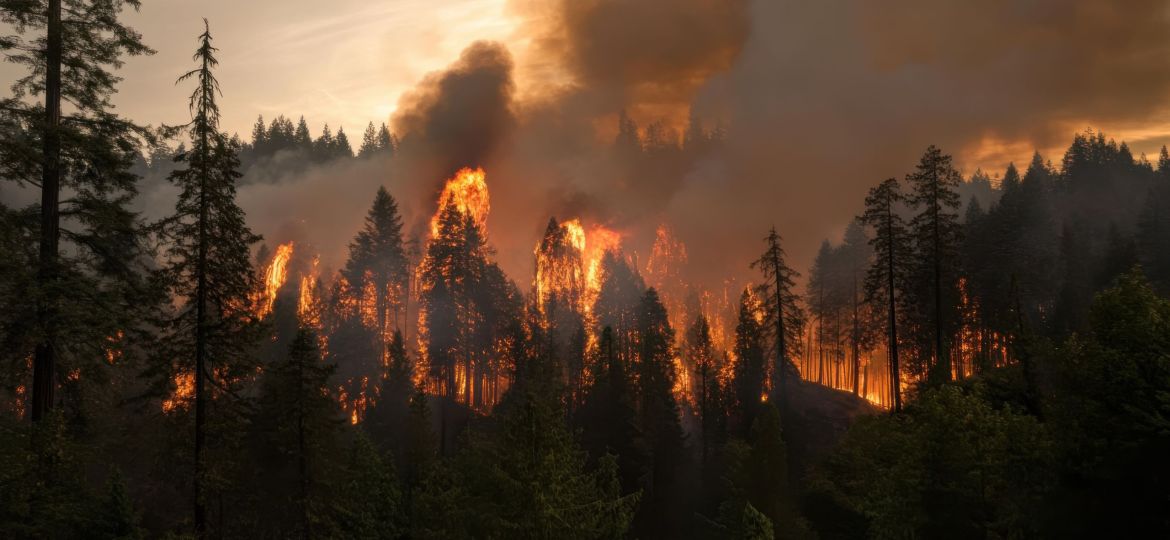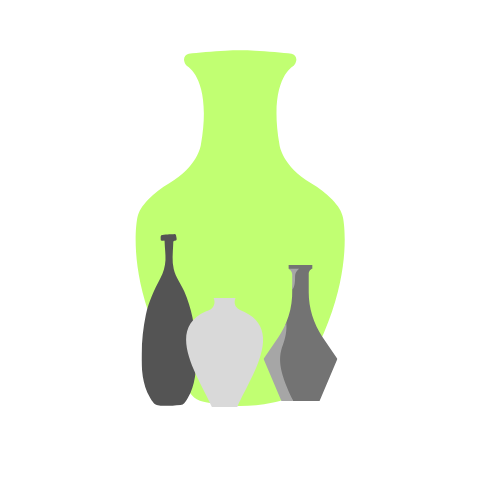
Breathe Easy: Safeguarding Indoor Air During Wildfire Season
Wildfires are no longer rare catastrophes on the edge of the map — they’re now yearly threats with real consequences for our health, homes, and environment. As climate change continues to fuel hotter, drier conditions, these fires are growing in both size and intensity. But beyond the flames lies a more invisible danger: the air we breathe.
The Expanding Reach of Wildfires
Though the number of wildfires in the U.S. has dropped since the 1990s, the area burned has skyrocketed — increasing over 1,200% since the 1970s. And it’s not just local fires causing trouble. In 2023, smoke from Canadian wildfires blanketed New York City, temporarily ranking it the world’s most polluted city. Events like these highlight how far-reaching and persistent wildfire smoke can be — and why indoor air quality (IAQ) is more important than ever.
Hidden Health Hazards in the Smoke
Wildfire smoke is a toxic cocktail of gases and fine particles that can linger indoors long after the flames are extinguished. Key pollutants include:
-
Carbon Monoxide (CO): Odorless and deadly, CO binds to red blood cells, reducing oxygen in your body. Even short exposure can cause dizziness, memory loss, or worse.
-
Volatile Organic Compounds (VOCs): Released from incompletely burned natural material, VOCs like formaldehyde and toluene can trigger headaches, nausea, and even long-term organ damage.
-
Nitrous Oxide (N₂O): Harmful in large doses, it contributes to ozone depletion and cognitive effects.
-
PM2.5: The most dangerous player. These tiny particles can bypass your lungs’ defenses, leading to heart and lung diseases and increased mortality.
Rethinking Ventilation During Wildfires
When air outside is toxic, bringing it in through standard ventilation systems can do more harm than good. Many still assume that more airflow equals cleaner air — but this only applies when outdoor air is actually clean.
Real-time air quality monitoring, both indoors and out, is critical. Smart systems can adapt ventilation based on current data, sealing off buildings when outdoor smoke levels spike and filtering air effectively when conditions improve.
Tools for Cleaner Indoor Air
-
Portable Air Purifiers: A True HEPA purifier captures PM2.5 and more — just make sure it’s powerful enough for the room it’s in. Larger spaces may need multiple units.
-
Upgraded HVAC Filters: Install filters with a high MERV rating (17–20) to trap up to 99% of fine particulates.
-
Building Automation Systems: Smart systems can automatically adjust ventilation in real-time, minimizing human error and maximizing air safety.
Preparing for a New Normal
Wildfires are no longer anomalies — they’re the new normal. Each season brings increased risks, longer smoke events, and worsening air quality. By investing in better monitoring and filtration now, you protect not only your space but also the people inside it.
Clean indoor air isn’t a luxury — it’s a necessity. As wildfires become more frequent, proactive air quality management becomes the frontline of health protection.
